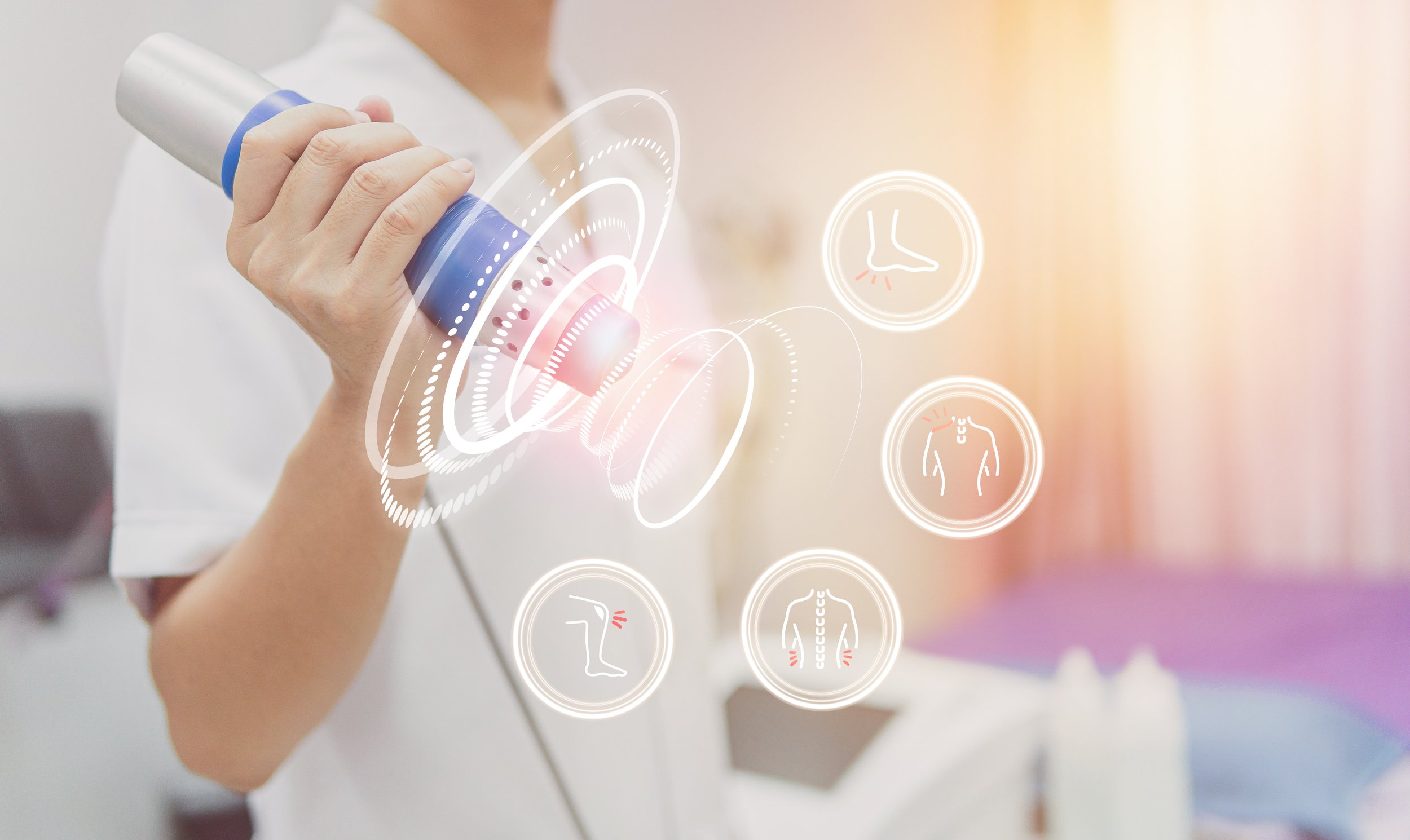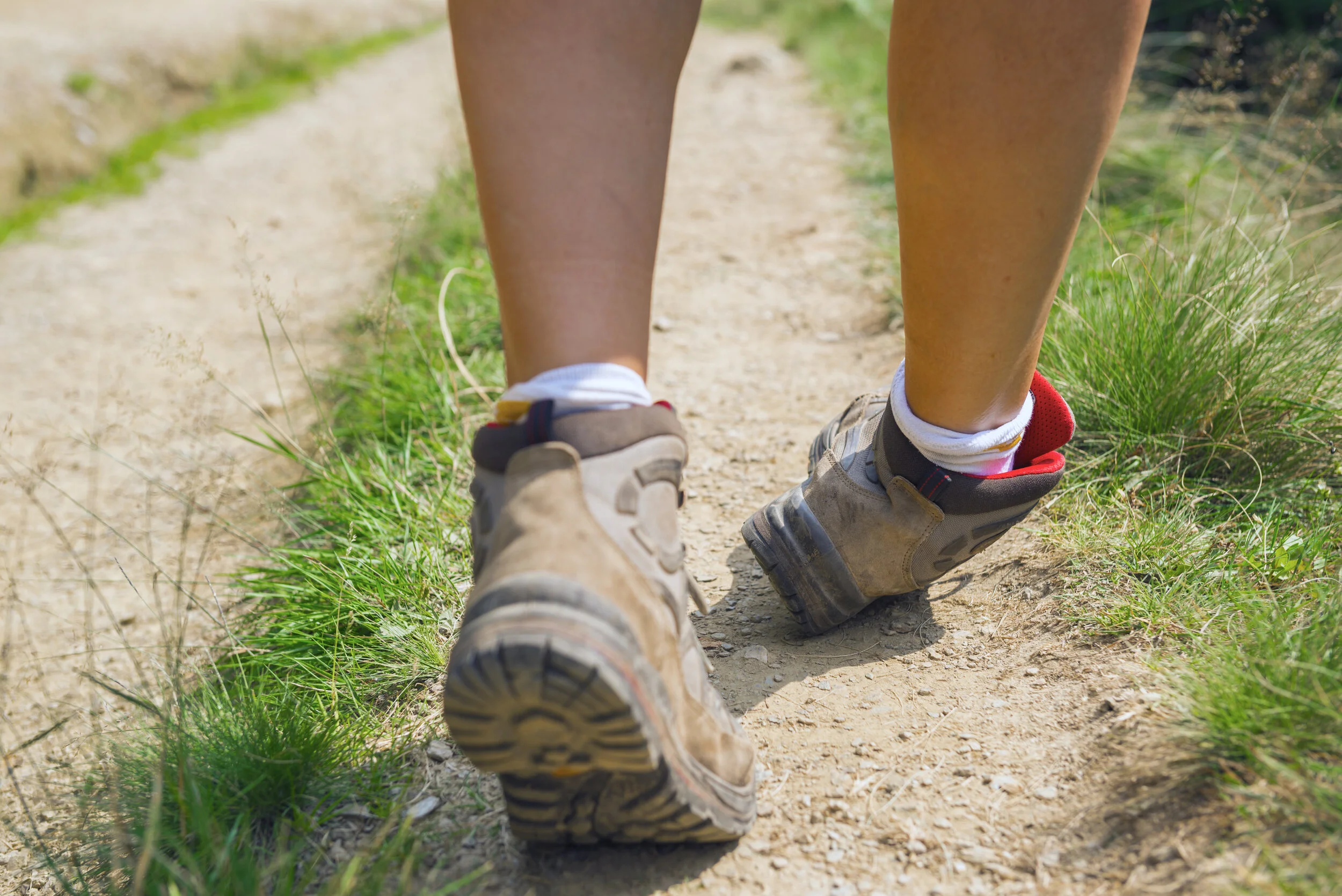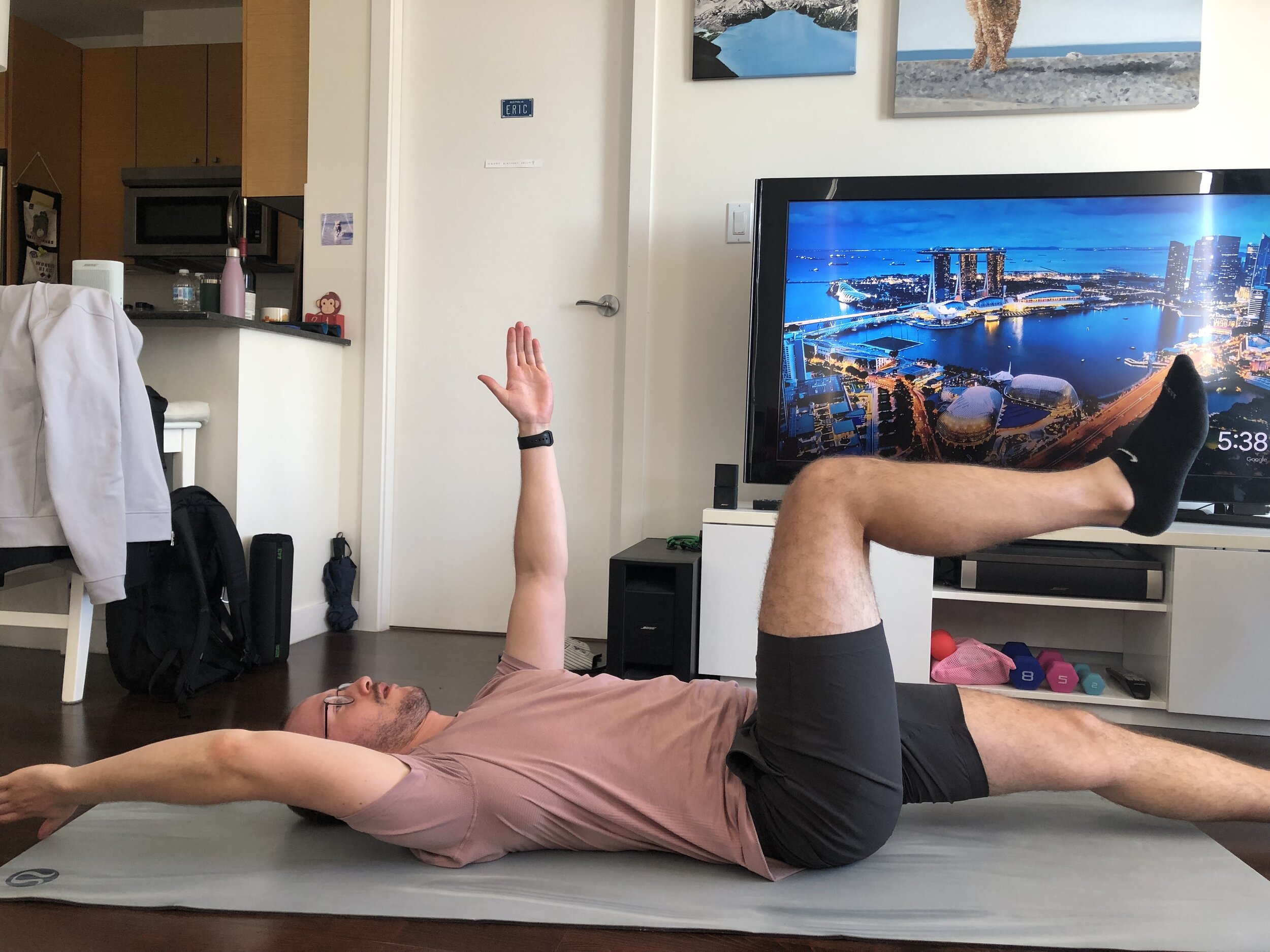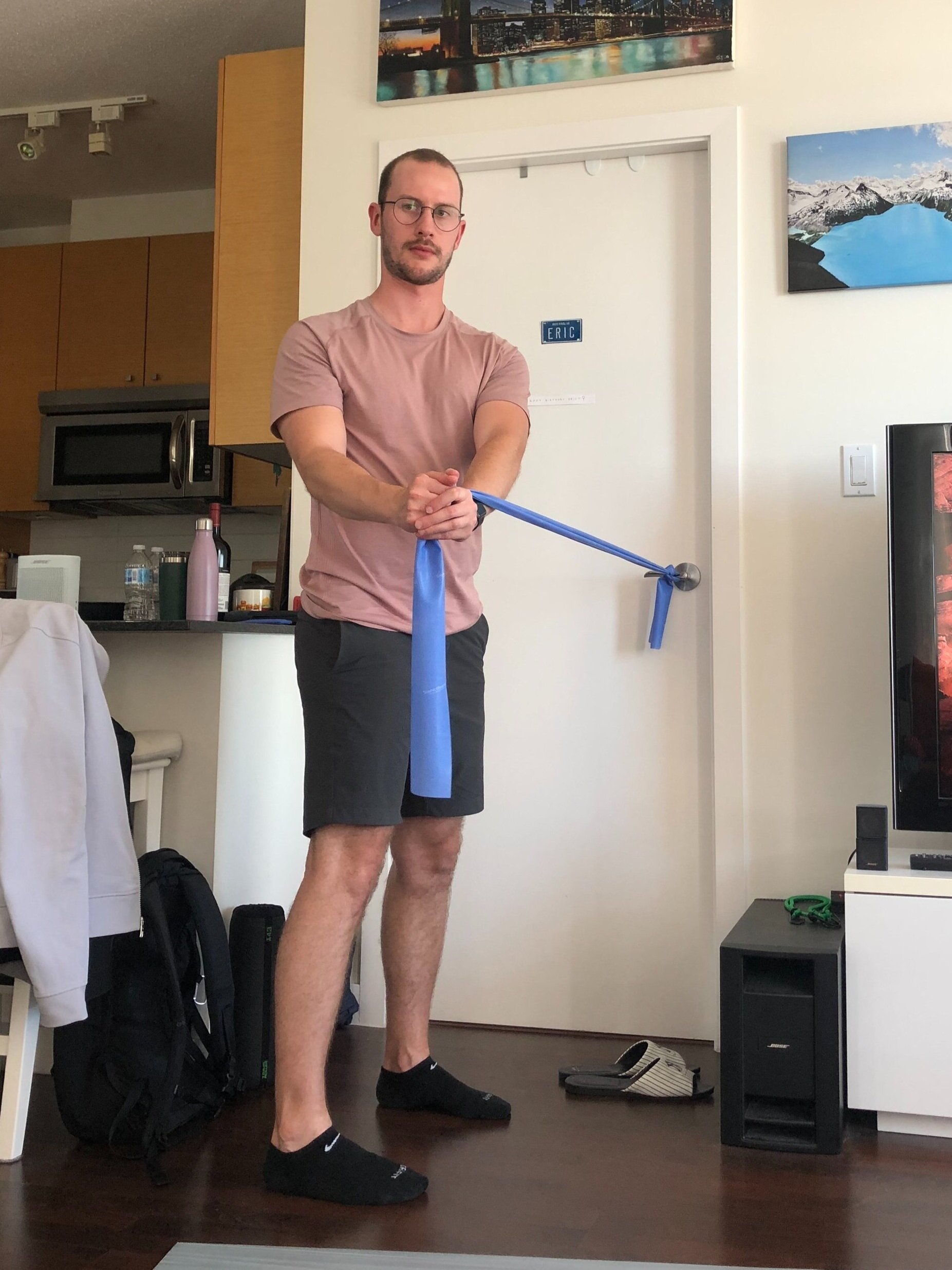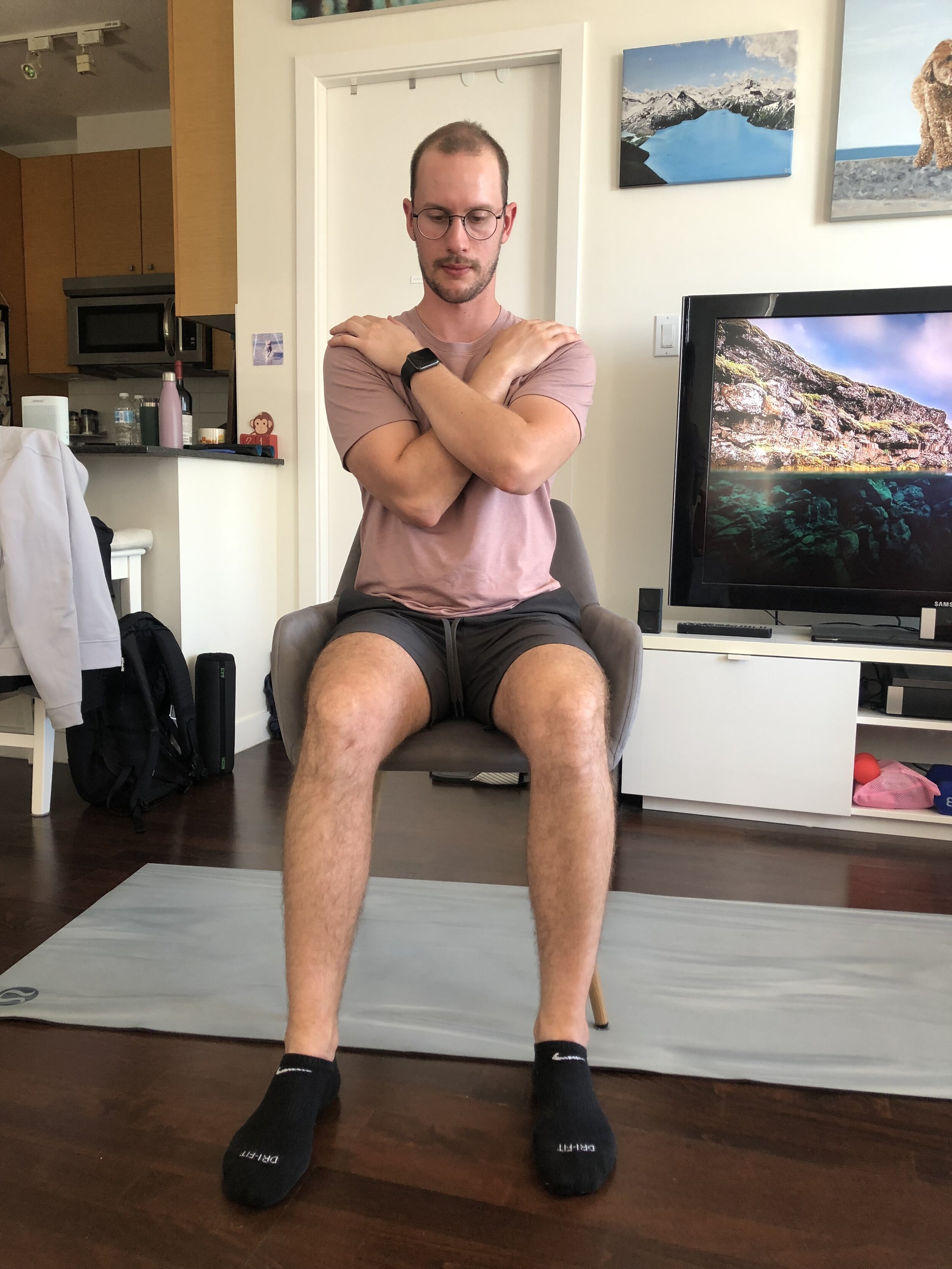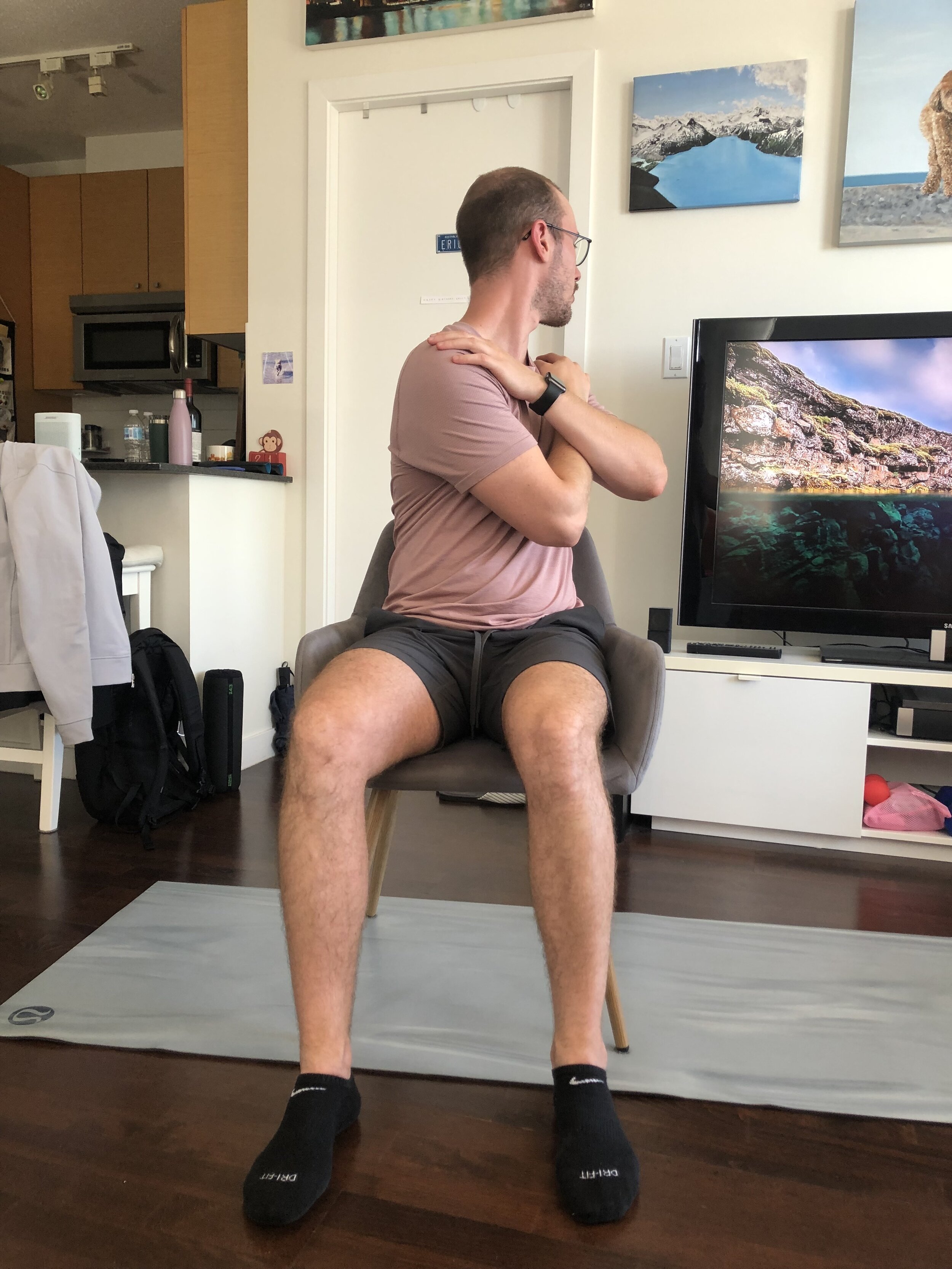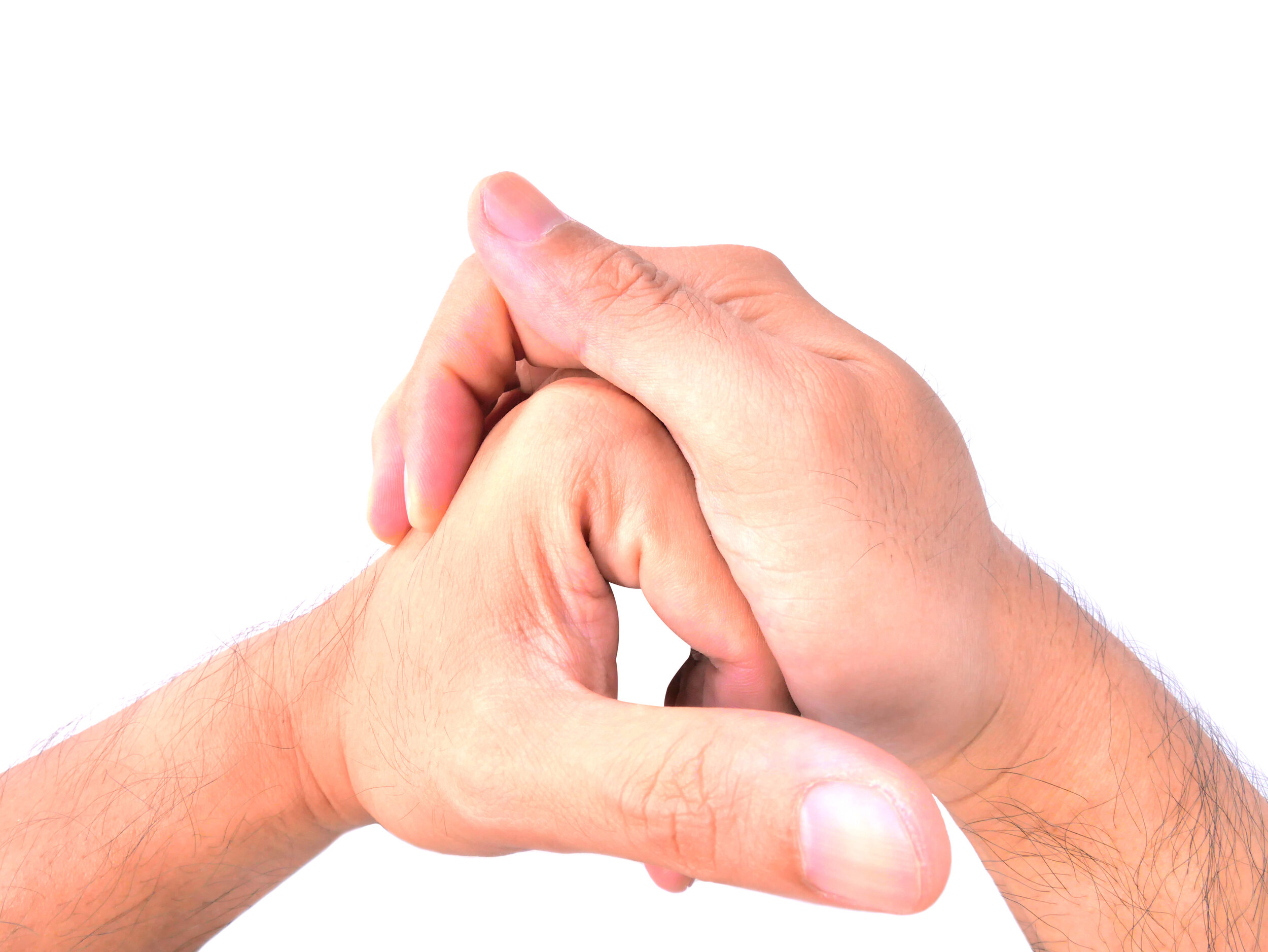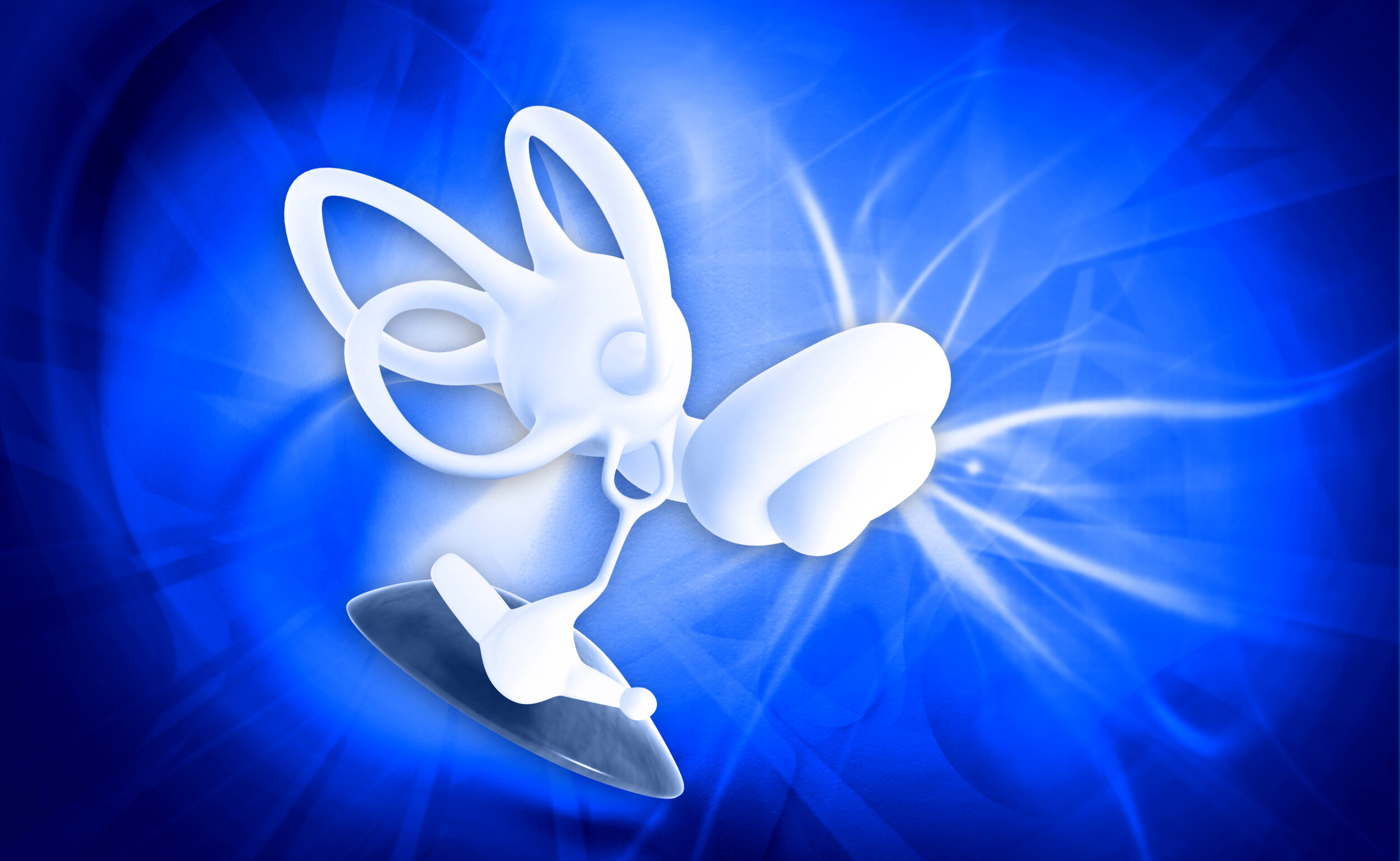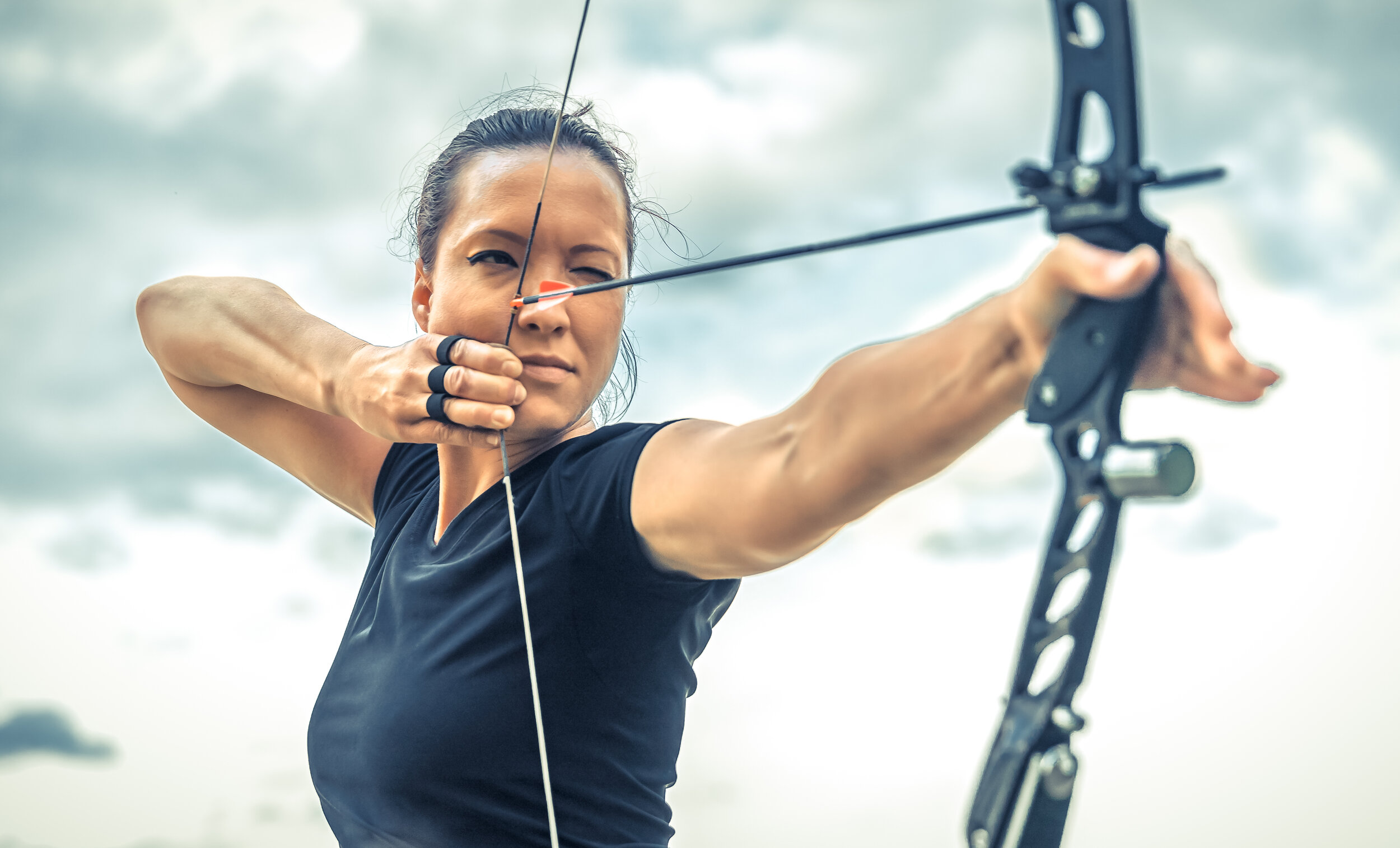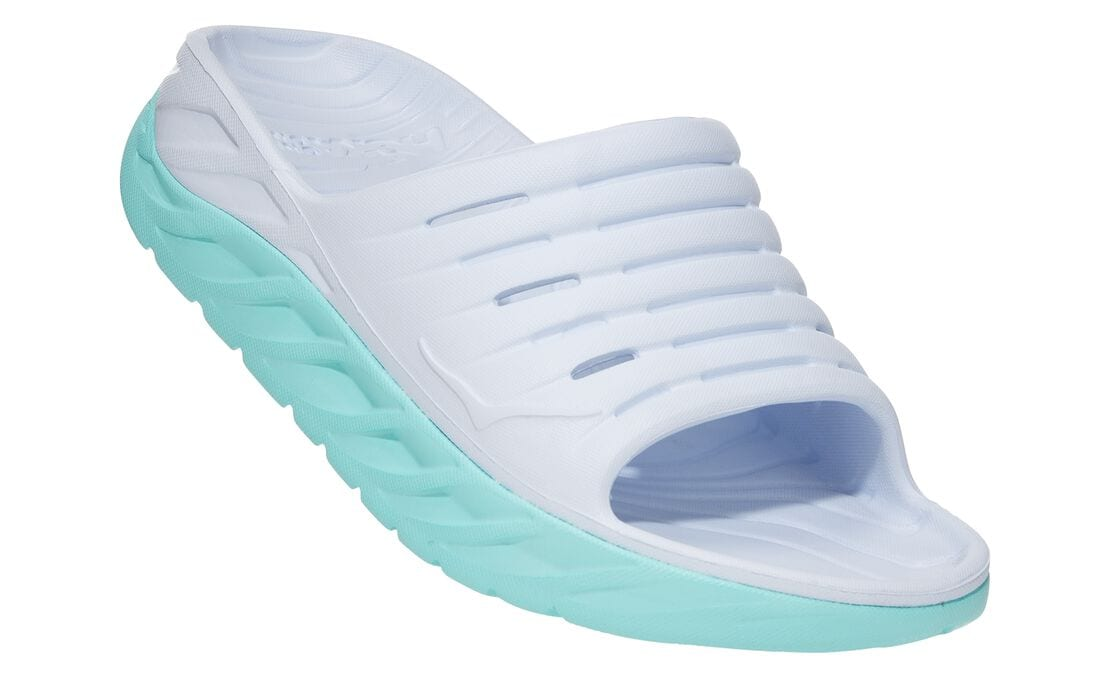It’s finally here! Our BTL Shockwave has arrived and we cannot wait to start using it! .
Never heard of shockwave? Let’s dive into the depths of this groundbreaking treatment and explore how shockwave may help you on your journey through recovery.
Shockwave’s Effect on Tissues
Shockwave therapy involves the application of acoustic waves to targeted areas of the body, creating a cascade of biological responses that stimulate healing. This non-invasive and high-intensity treatment has several benefits:
Enhanced Blood Flow
The acoustic waves trigger increased blood circulation, promoting the delivery of oxygen and nutrients to the injured or affected area. Shockwave also causes release of specific growth factors leading to angiogenesis (aka blood vessel growth). This encourages more capillaries to grow in the targeted area.Tissue Regeneration & Tendon Repair
Shockwave therapy stimulates the production of collagen, a crucial protein for tissue repair. Evidence suggests shockwave stimulates proliferation of fibroblasts, the cells responsible for making collagen. This promotes the regeneration of damaged tissues, aiding in the restoration of normal function.Pain Reduction
By targeting pain receptors and interfering with the transmission of pain signals, shockwave therapy provides relief for individuals grappling with chronic pain conditions. It also decreases the amount of Substance P in the targeted tissues, a well known pain neurotransmitter. Shockwave is a welcome alternative for those seeking a non-pharmacological approach to pain management.Reversal of Chronic Inflammation
Chronic inflammation can be thought of an inflammatory reaction that gets stuck in a cycle of heightened inflammation. Shockwave therapy breaks this cycle by increasing the activity of mast cells, leading to a reboot of the inflammatory cycle and allowing tissues to return to a non-inflammatory state.Muscle Relaxation
If the thought of needles and IMS makes you feel queasy, shockwave is a great alternative. By targeting trigger points, shockwave can help decrease muscle stiffness and spasticity, leading to more flexible and relaxed muscles.
Conditions Treated with Shockwave Therapy
Shockwave therapy has been shown to have lasting effects across a variety of conditions, including:
Tendinitis and Tendinopathies: Achilles tendinopathy, rotator cuff tendinitis, tennis elbow and other tendon-related issues.
Plantar Fasciitis: A common cause of heel pain, often alleviated with shockwave therapy.
Muscle Injuries & Tightness: Long-standing strains and tears, tight hamstrings and sore traps.
Calcific Shoulder Tendinopathy: Helping to break down calcifications in the shoulder.
Stubborn Hands & Wrists: Dequarvain’s and carpal tunnel syndrome respond well to shockwave therapy.
Chronic Pain Conditions: Myofascial pain syndrome and chronic low back pain, to name a few.
Shockwave therapy is best for chronic conditions. If you are suffering an acute injury (for instance, a fresh ankle sprain that’s swollen and painful at rest, or a new whiplash), shockwave isn’t for you quite yet.
If you’re ready to try shockwave, give us a call! To book an appointment, book online, email us at clinic@ladnervillagephysio.com or phone us at (778) 630-8800.
Looking for some resources for the claims above? Here’s a great review article from Adam Tenforde & colleagues, published in 2022: Best practices for extracorporeal shockwave therapy in musculoskeletal medicine: Clinical application and training consideration.


